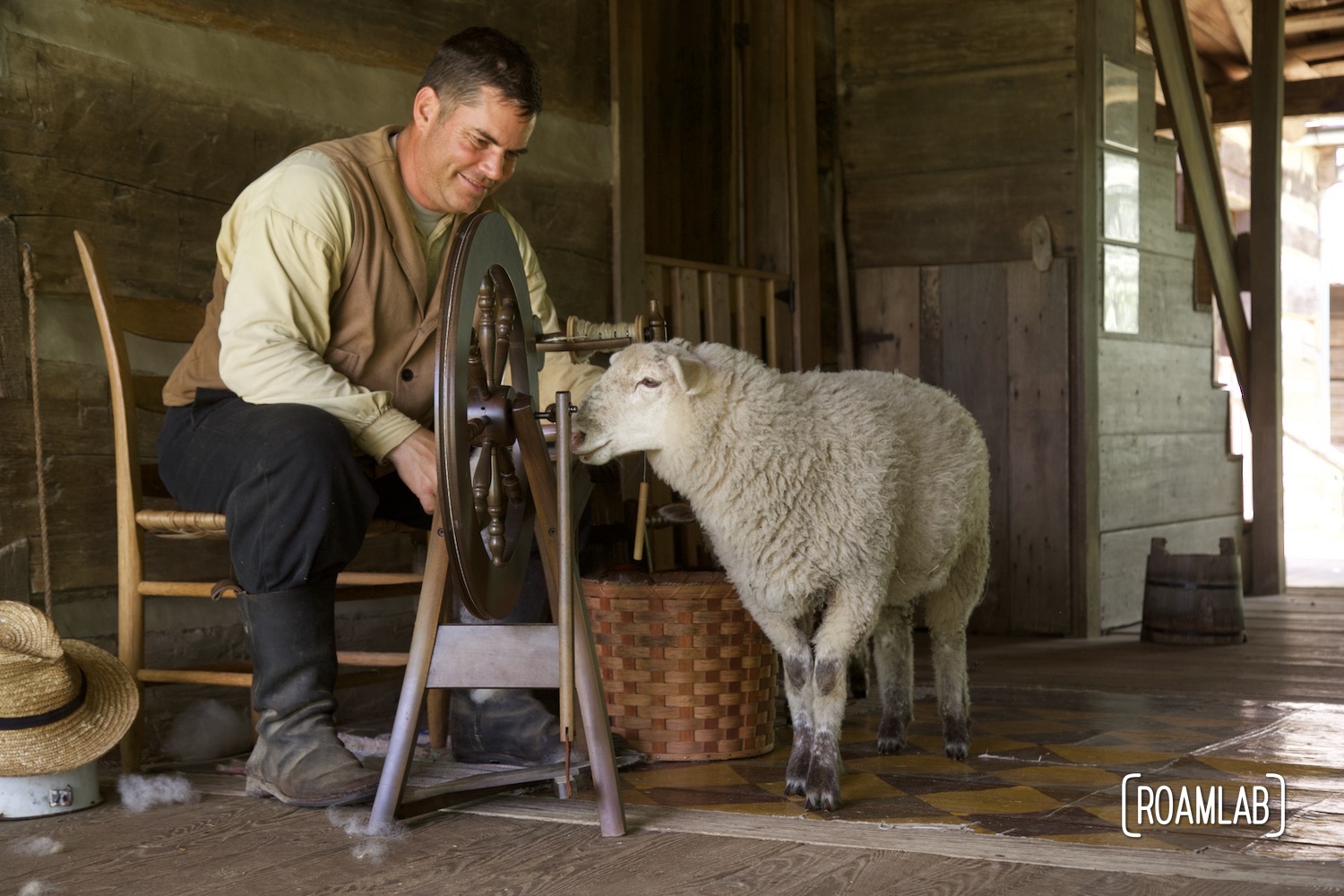If you’re looking to step back in time, the Homeplace 1850s Working Farm and Living History Museum is the perfect place for you. This working farm is located in the Land Between the Lakes National Recreation Area of northeast Tennessee and showcases how people lived in the 1850s. Costumed interpreters demonstrate blacksmithing, weaving, quilting, and more. If you’re timing is right, you might even get to take part.
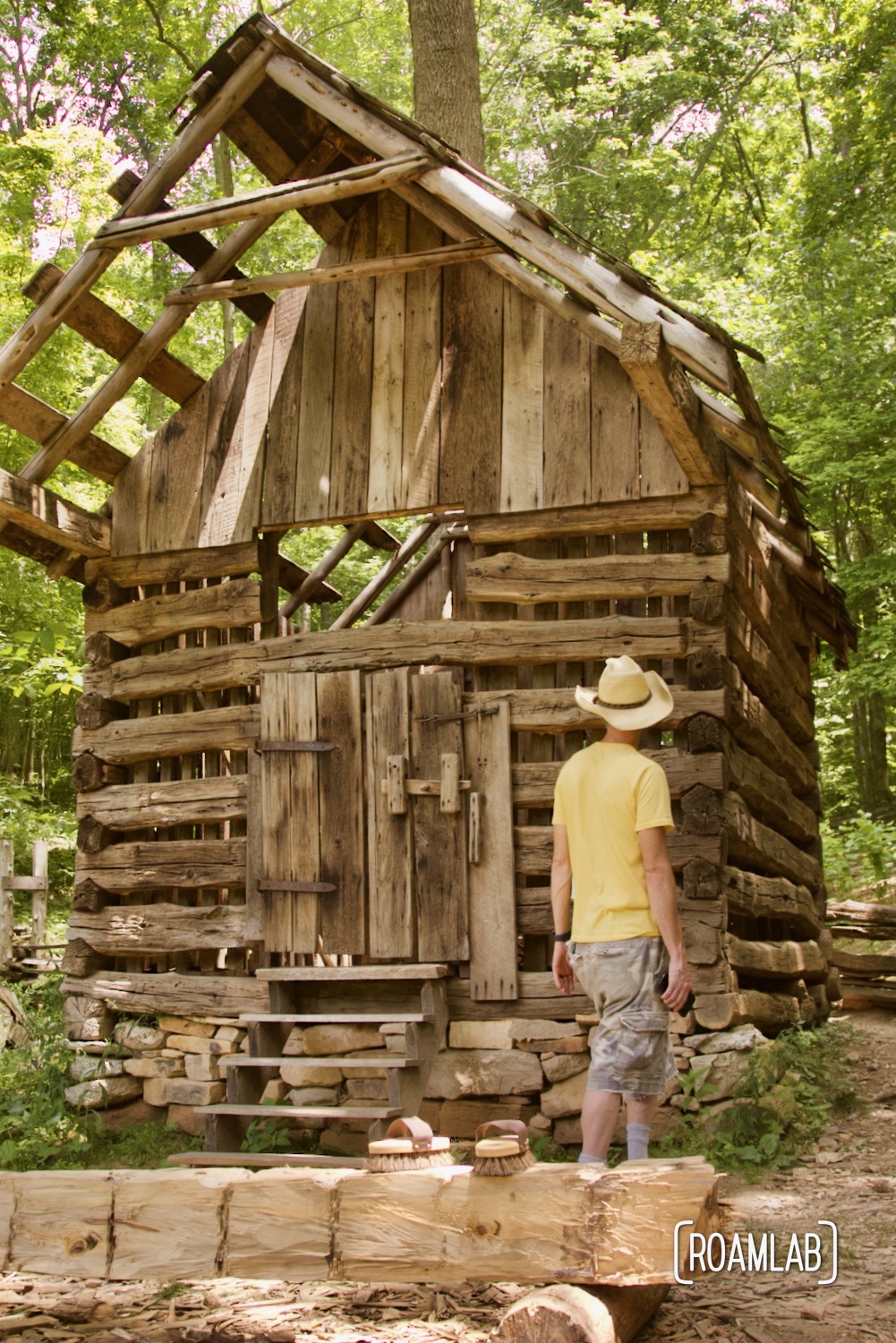
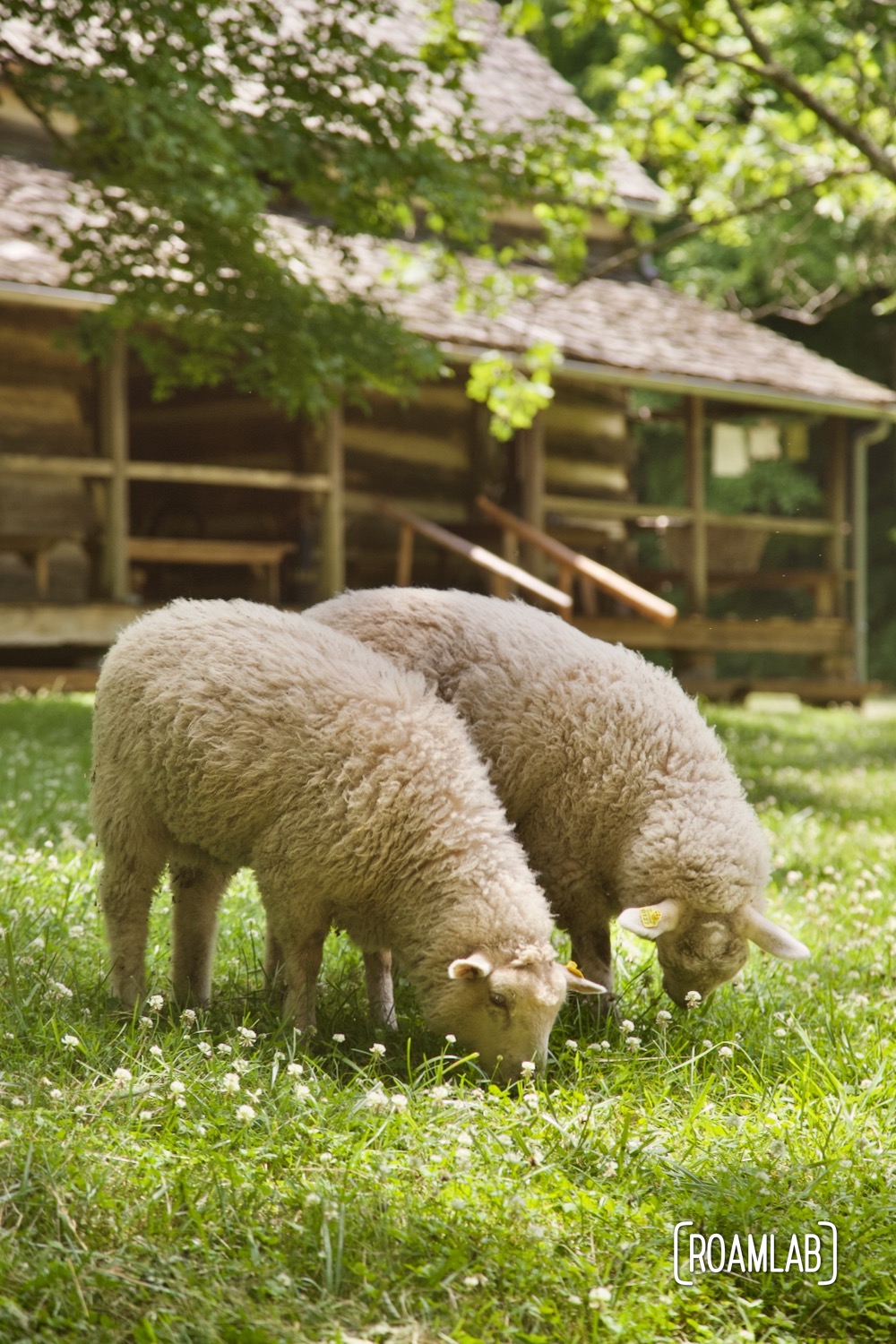
History of the Homeplace
The Homeplace includes 16 original log structures, fifteen of which were moved from within 10 miles of their current site in Pryor Creek. While many of the buildings are over a century old, even the more current additions to the farm are produced with an eye to period accuracy. Volunteers take meticulous care to produce period-accurate clothing and equipment. They cultivate heirloom produce and livestock that would have been common on 1850s settlements. With that, they practice traditional farming practices such as controlled burns to clear fields and a combination of fenced vegetable gardens that would have fed the family and growing cash crops such as tobacco and corn. Put together, it is one of the most historically accurate recreations we have seen in our extensive travels.
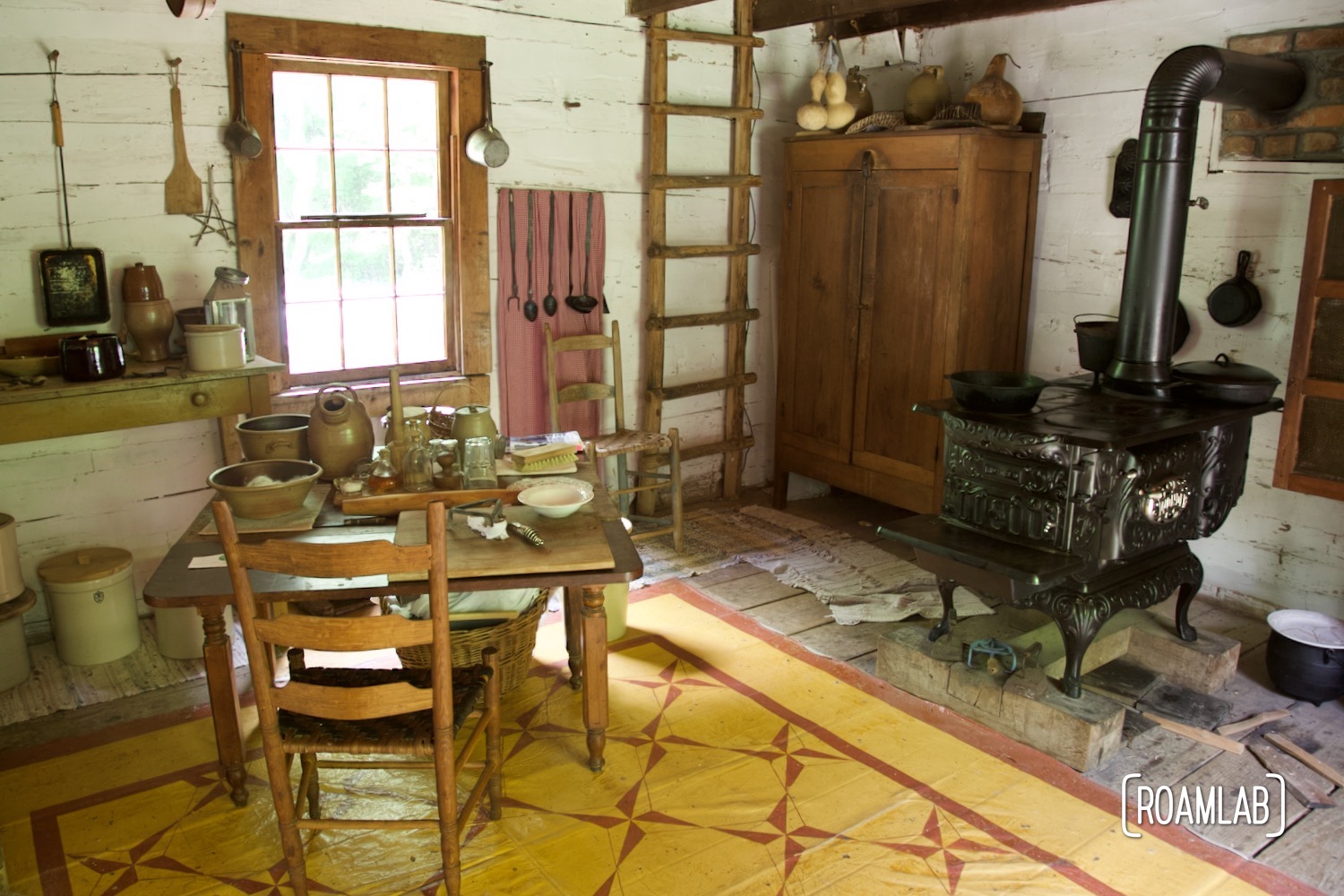
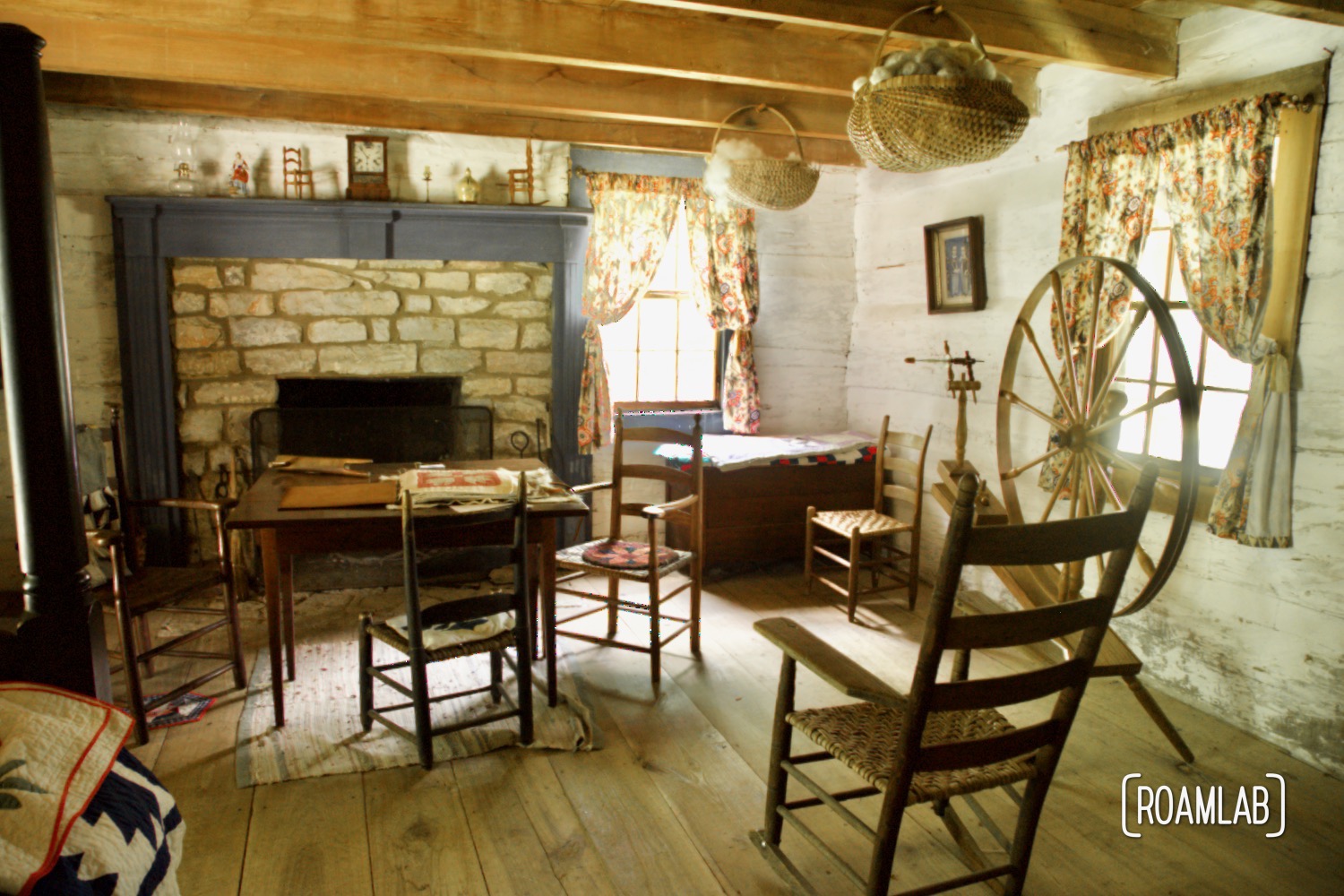
What to See and Do
The Homeplace property hosts various structures, artifacts, and activities to explore. The Double Pen House, Tool Barn, and Blacksmith shop are overflowing with artifacts. Costumed interpreters are often conducting demonstrations and activities at these locations. You can watch blacksmithing, weaving, quilting and other traditional crafts being performed.
There is also an impressive range of heirlooms and even some endangered livestock and produce on site. Visit the Front Field, Orchard, Vegetable Garden, and Crop Field for a window into the wide range of 1850s farming practices. The tobacco barn, Single Pen House, and Corn Crib all demonstrate period methods of processing, storage, and uses for produce.
Meanwhile, there are also sheep, pigs, chickens, mules, and other farm animals to see. While the lambs and chickens appear to freely wander the property during operating hours, visit the Mule Pen, Hog Lot, and Stock Barn for many of the larger animals.
As a working farm, the landscape and activities of the Homeplace change with the seasons. Depending on the time of year of your visit, costumed interpreters at the farm could be clearing and sewing fields, repairing equipment and fences, harvesting crops, or preserving food for the winter. A well-timed visit could include the opportunity to work, side by side with knowledgeable staff who will teach methods of how Pryor Creek farmers worked their land in the 1850s.
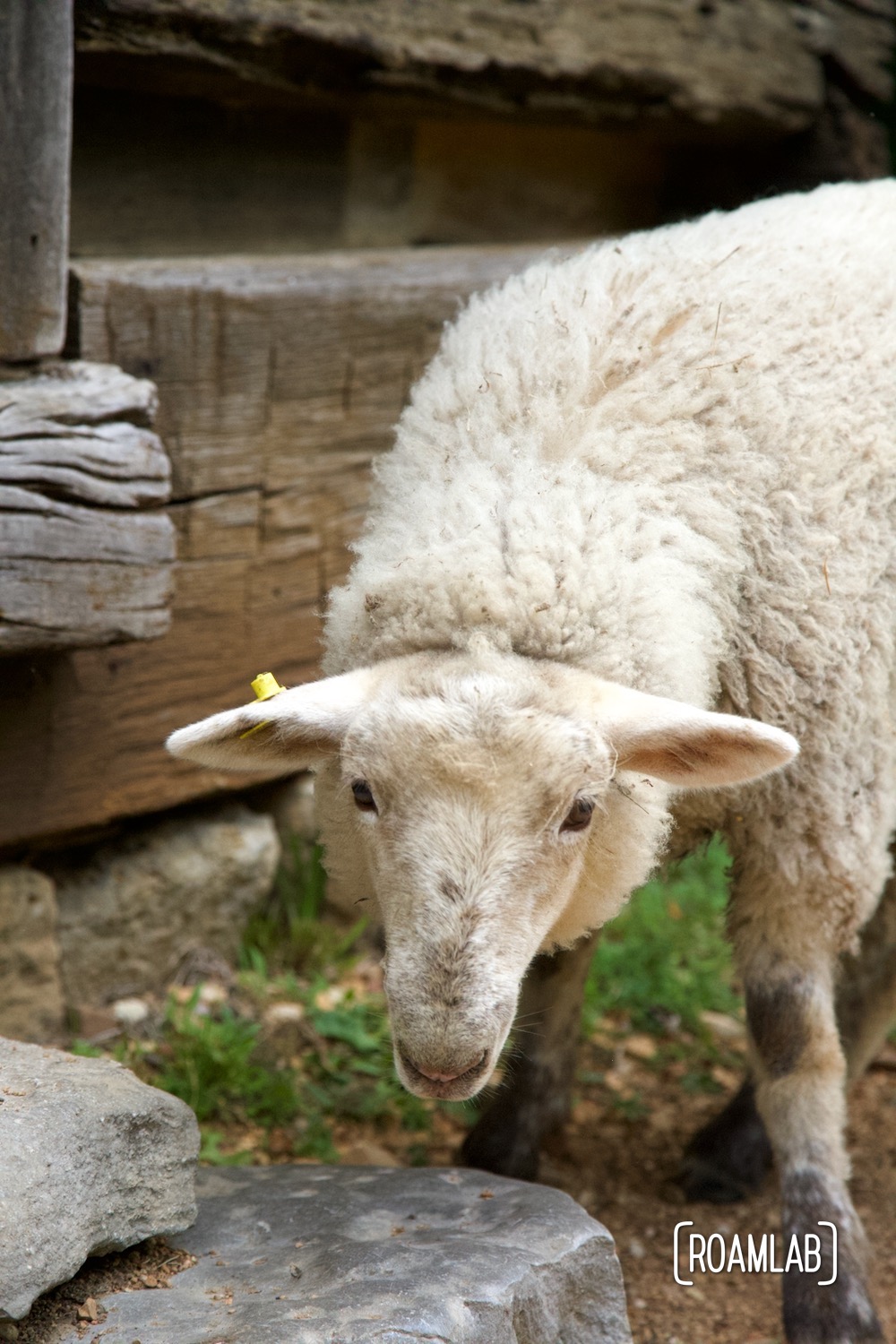
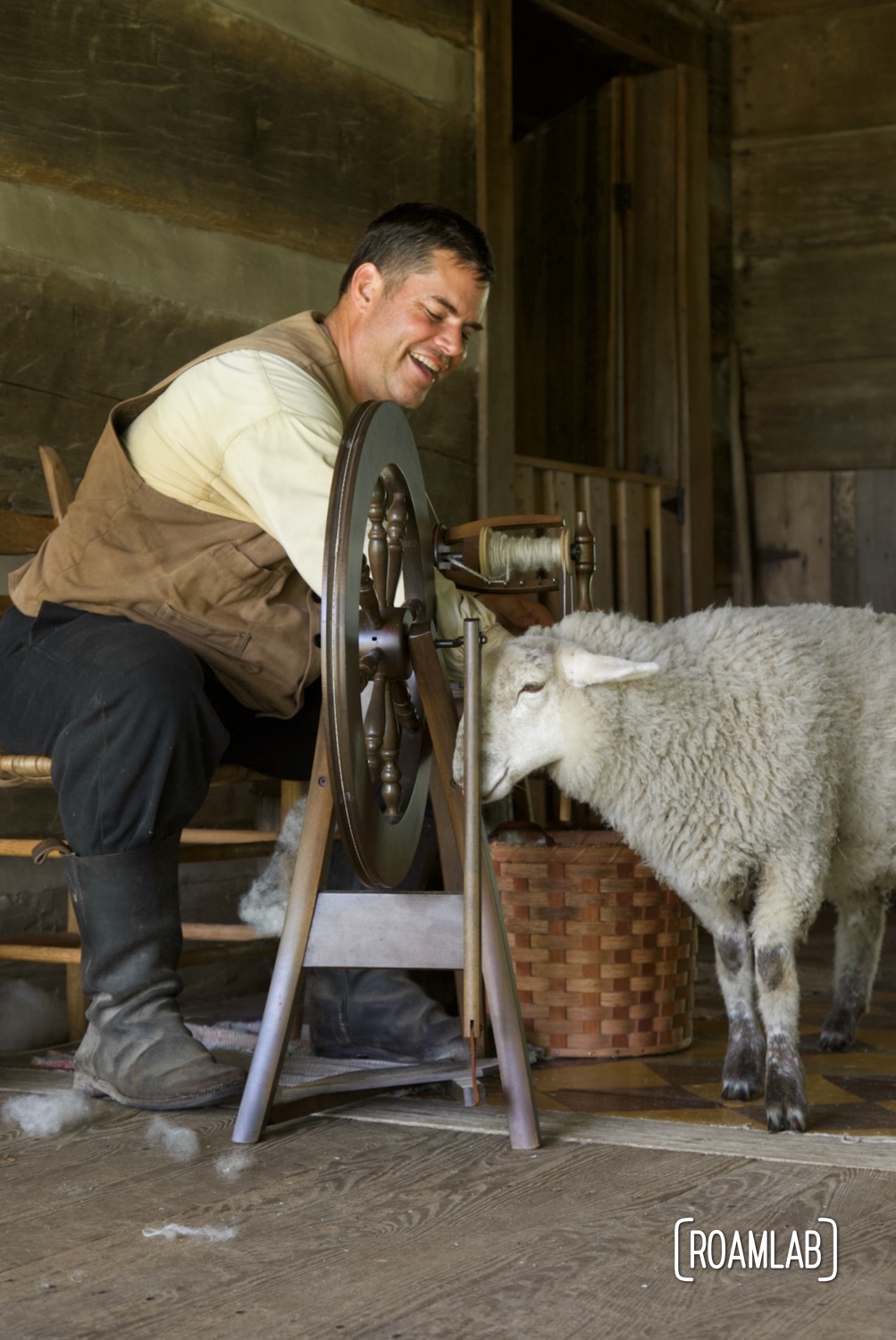
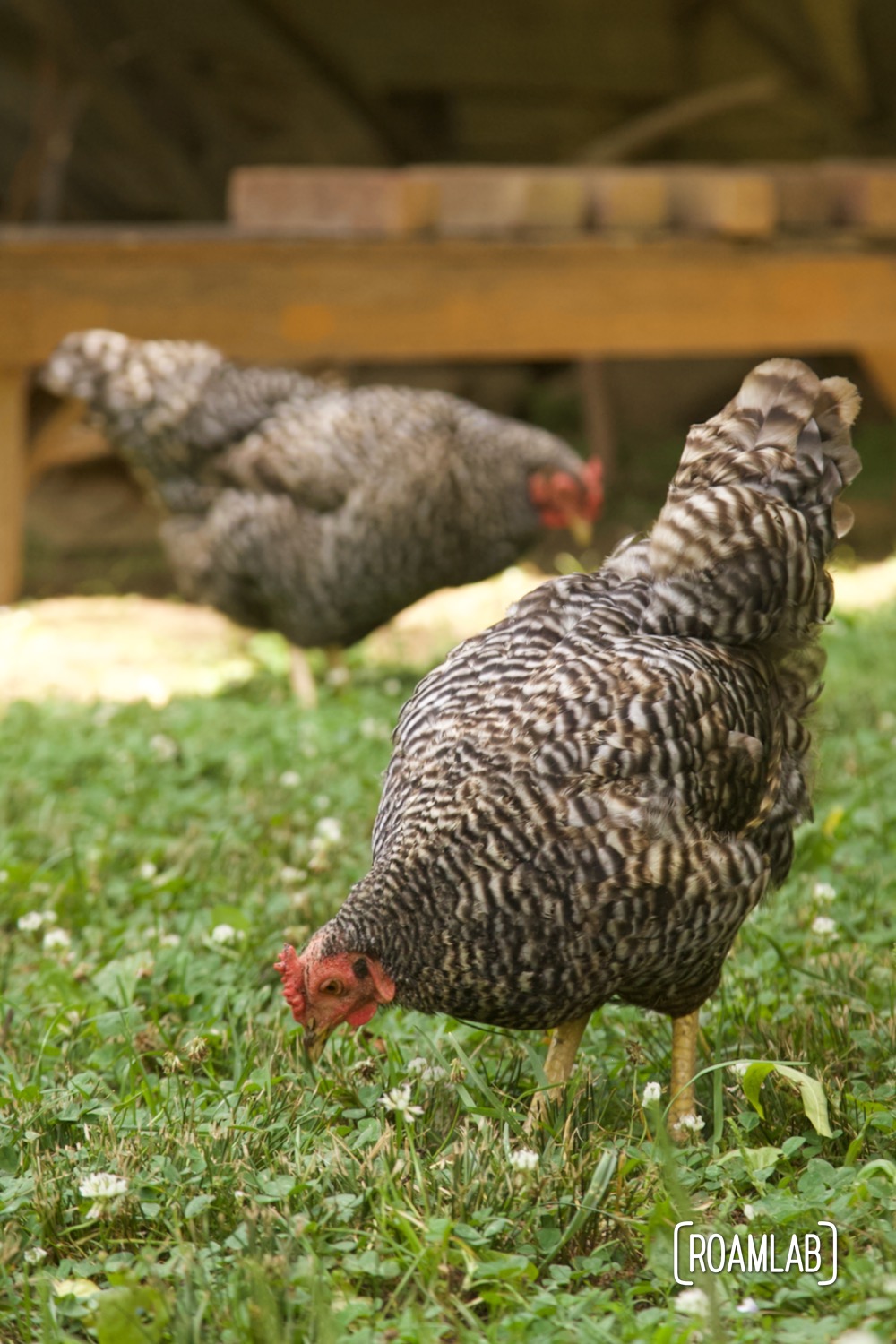
Planning Your Visit To The Homeplace
As a primarily outdoor destination, planning is key. Be sure to check the weather and pack accordingly. While large mature trees dot the property, much of this once forested land has been cleared for farming. This means that visitors, too, are exposed to the elements.
In the heat of the summer, sun, humidity, and bugs are a common concern. Be sure to pack sunscreen, hats, insect repellent, and plenty of water. The best time to visit the Homeplace is in the early morning or evening when it is cooler.
If you are visiting in the spring or fall, temperatures can be mild, but rain is always a possibility. Check the forecast before you go and be sure to pack rain gear just in case.
The Homeplace is open from March to November, but the best time to visit is in the fall when the temperatures are cooler, and the crops are being harvested.
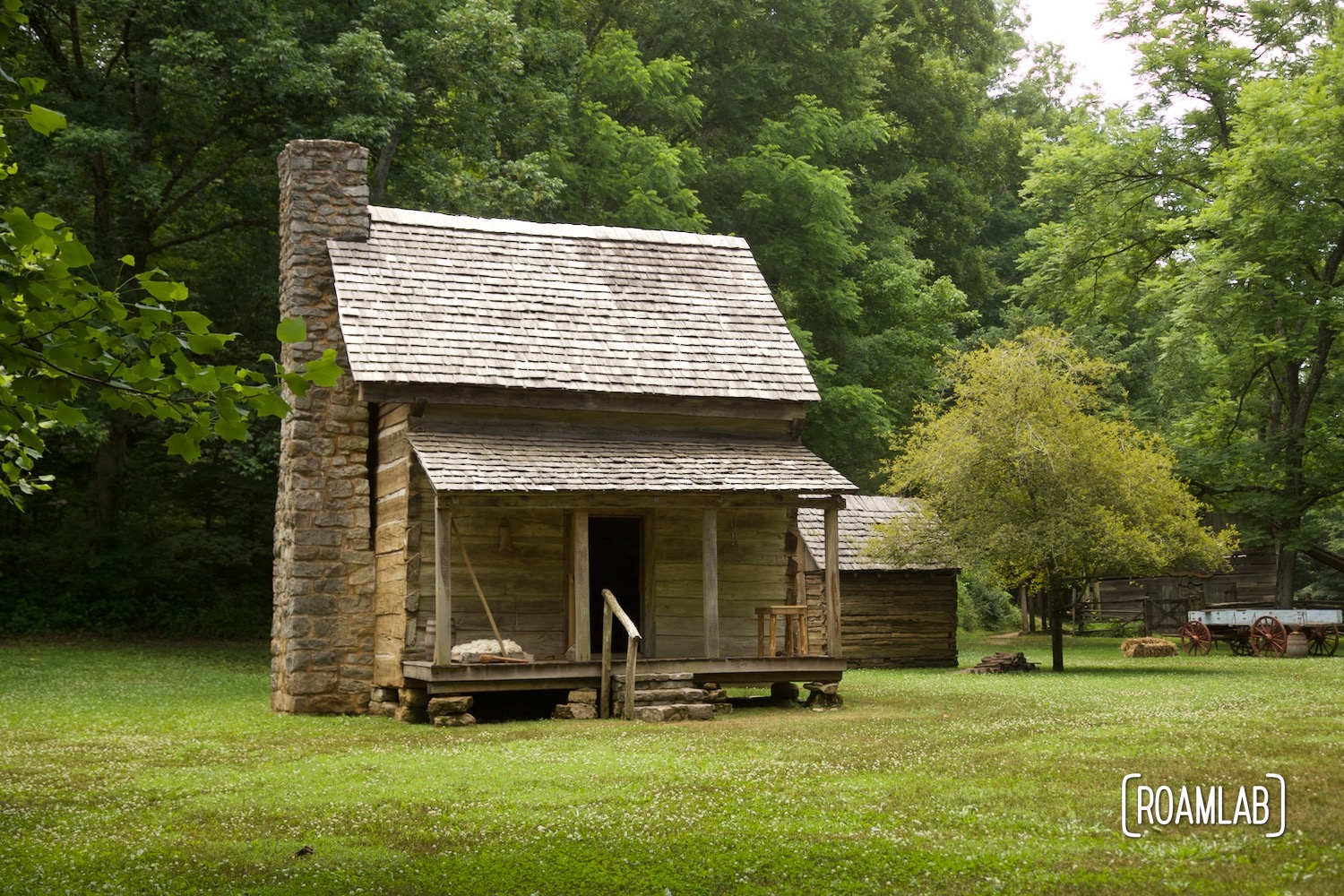
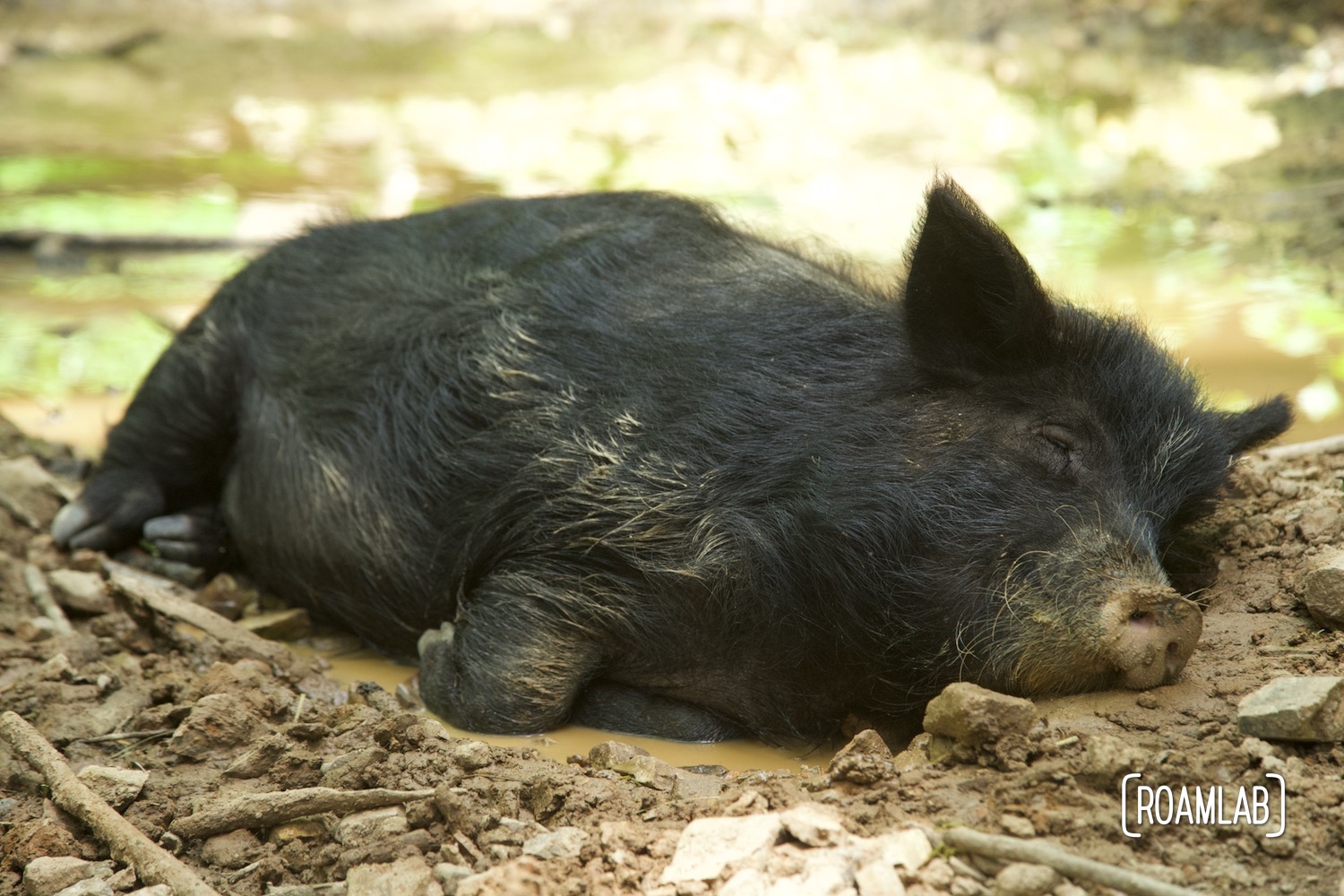
Getting There
The Homeplace is located on the Tennessee side of the Land Between the Lakes National Recreation Area. It is right off the Woodlands Trace National Scenic Byway, the main thoroughfare through Land Between the Lakes. Follow signs to the large parking lot in front of the Homeplace’s entry building. The farm is open from March to November, and there is a small admission fee.
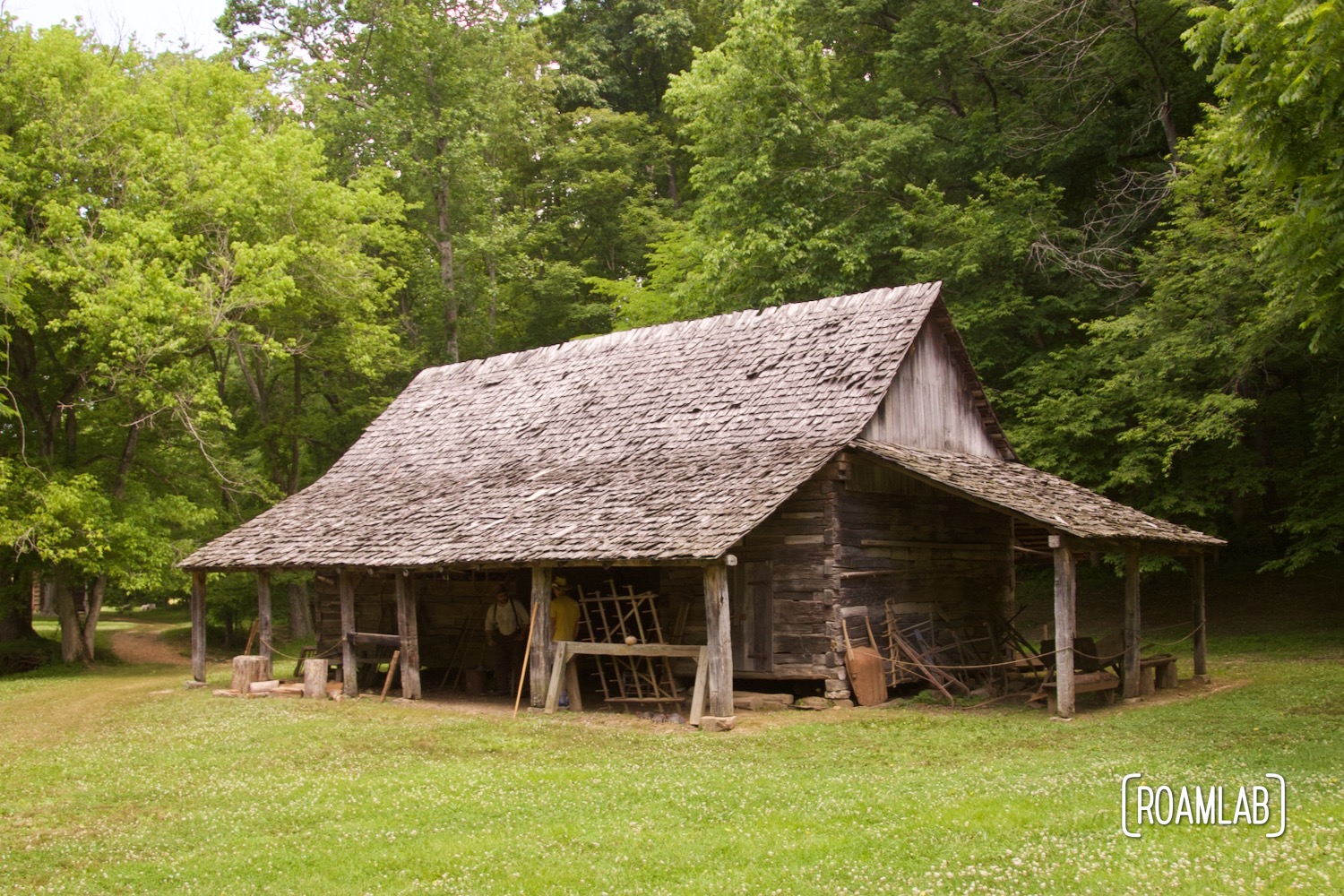
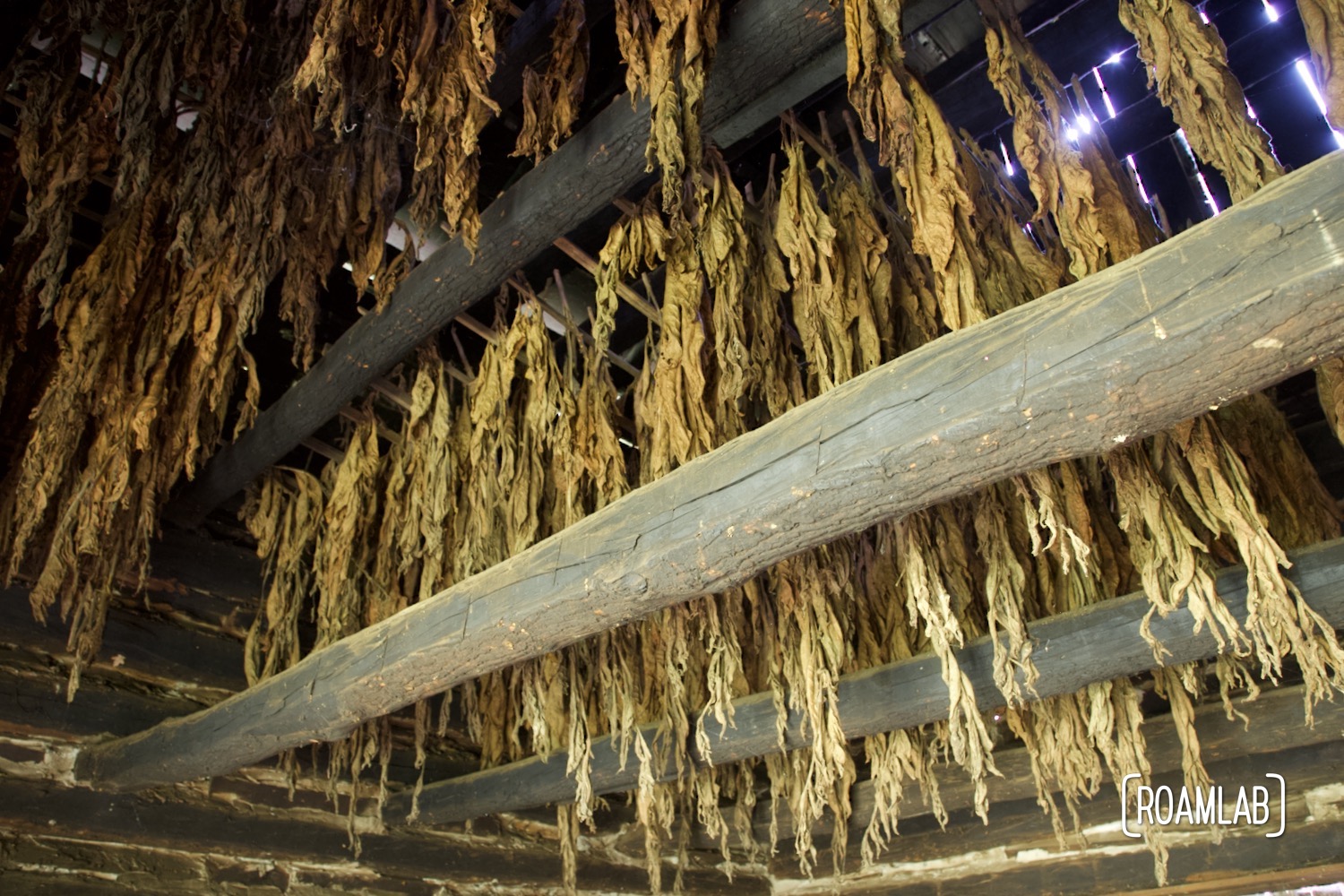
Our Experience at the Homeplace
We visit the Homeplace in the middle of a heatwave. The temperatures are in the mid 90s but the humidity has us boiling in what feels like triple digits. Nevertheless, we hop out of our truck to explore the Homeplace. In these sweltering times, it helps that the entry is through an air-conditioned building with plummed bathrooms and a small museum about farm living in the 1850s. Whenever the heat feels overwhelming, this temperature-controlled oasis is within easy walking distance.
Outside in the Homeplace itself, we marvel at how perky a small gang of lambs manages to be, despite the heat. We identify with the mature sheep, pigs, and chickens who have found some shade to weather the afternoon sun. Even so, the heat helps us appreciate the creative architecture of the double pen house and many other structures on the property. High roofs, second stories, or attics help sequester hot air above the main floor, and a breezeway between the two main structures of the Double Pen House creates a pleasant escape from the heat of the day.
Like many farmers in the 1850s, costumed interpreters also retreat to the shade but keep busy repairing tools and spinning wool. The heat is no excuse for idle hands. But these throwbacks from the Victorian era still can talk while they work and happily answer our questions about tools and techniques.
As impressed as we are by the artifacts and eye for detail in the replicas throughout the farm, the heat cuts our visit short. We agree: this is a remarkable place and well worth revisiting…in the fall.
